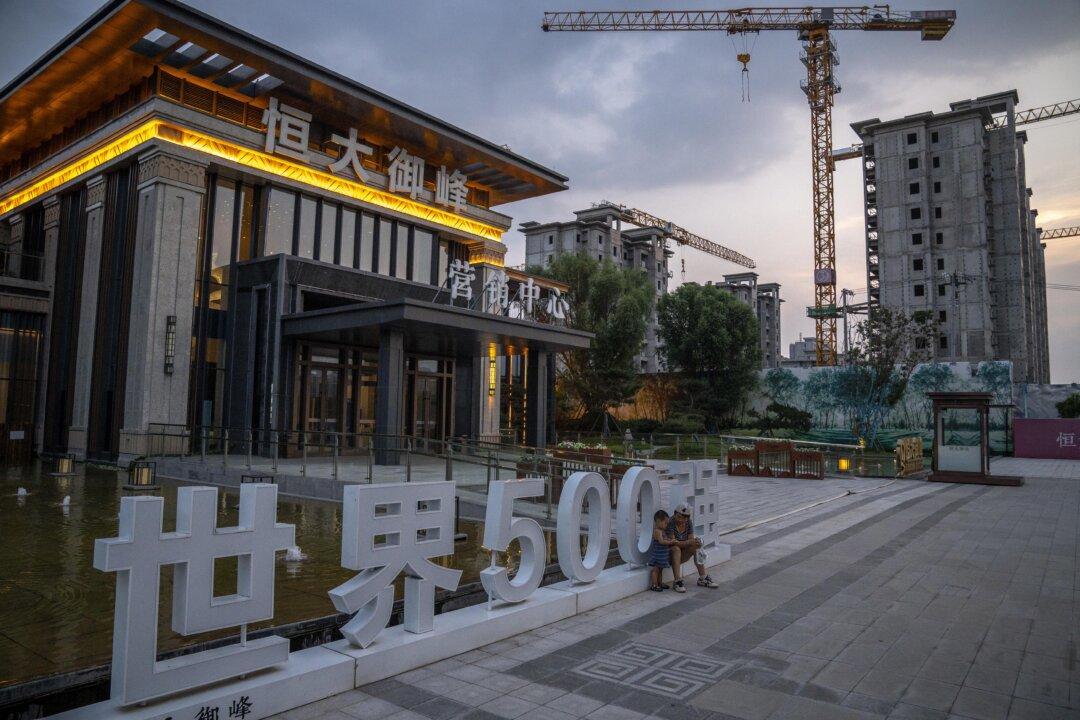Commentary
The Chinese government recently launched a series of measures to rescue the housing sector. The most eye-catching part is the 300 billion yuan provided by Chinese banks to clean up the excess. A rough calculation shows this is far from enough. Google the “excess of Chinese properties” gives an estimate of 50 million. Assuming a very bottom line of 100,000 yuan per unit, the outstanding already amounts to 5 trillion yuan, where 300 billion is only 6 percent of the total. Yet, a unit’s price should be worth close to a million rather than 100,000 yuan, which the above underestimates.
More importantly, the source of funding is not by central bank money creation (printing) but by bank lending. Unless the housing bust ends right now and turns bullish, bank lending is unlikely to be repaid, given the spiral between asset-liability imbalance and price fall has already been established. Should the market bottom out soon, there is no need to rescue at the onset. So, the underlying official view is still very bearish. Banks do not create money out of nothing. Their potential bad debt would ultimately end up as deposit clients’ loss, at everyone’s cost.
In principle, the total outstanding bank deposit is more than enough to cover all outstanding housing debt. However, assets falling short of liability (“negative equity”) are not confined to real estate developers but also general households. As long as the latter have outstanding mortgages, they are subject to the same kind of risk of bankruptcy. Whether the risk is high or low depends on the gearing ratio, which varies a lot among developers and households. That is, a household’s leverage could be even higher than that of a safe developer.
Taking bank deposits to rescue developers biases the risks towards households. Although the closedown of a developer can lead to many seeable bad debts and unemployment, the massive bankruptcy of households is not a non-issue. The latest economic figures suggest consumption demand is still very weak (as reflected by retail sales) compared to “boostable” sectors like production. Accordingly, we should observe a bad economic growth trend that is in line with the housing bust. However, the official figures reveal a mystery about such a comparison.
The accompanying chart compares China’s real residential housing price with real GDP. Both are in real terms (suitably deflated) and in year-over-year growth rates. The ups and downs are not too consistent with each other, but the growth levels were comparable in the past. However, in recent years, there has been a huge gap in levels despite directions being basically in line.





